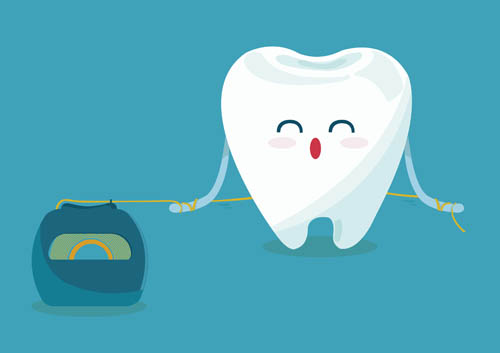Caring for Your Night Guard
October 25th, 2023

You might have experienced painful morning headaches. Or have a partner or housemate who begged you to please keep those grinding noises down at night. Or perhaps you were unhappily surprised to find that your teeth had mysteriously become worn, loose, or cracked.
So you made an appointment at our Issaquah office. And you learned that you needed a night guard designed to protect your teeth from the damage done by night time bruxism—that grinding and clenching which is hard on enamel, bad for teeth, and painful for jaws. Good work!
Your night guard prevents your teeth from making contact, saving teeth and enamel from injury. It distributes the pressure placed on your teeth, muscles, and bones when your jaws clench through the night. Bonus: it can reduce nocturnal noises caused by grinding.
Guards are available over-the-counter in general sizes, or a custom night guard can be created for you by Drs. Arti and Ashi. Custom guards are uniquely fitted to your teeth and jaw, and last longer than over-the-counter models. Whichever kind of appliance you choose, daily care is a must for a long and healthy partnership.
To make sure you get the best and longest use from your night guard, there are some easy steps to keep it in top shape when it’s off-duty.
- Keep It Clean
Plaque and bacteria can build up on your night guard just as they can on your tooth enamel. Rinse your guard in the morning and brush it gently. Ask Drs. Arti and Ashi about using toothpaste, because toothpastes, especially abrasive toothpastes, can scratch your appliance. And don’t forget to clean your case!
Every week, or as directed, your night guard will benefit from a more serious cleaning. Follow the instructions for your appliance, whether it’s using cleaning tablets, a soaking solution, or another recommended cleanser. Your dentist can suggest how, how long, and how often to treat your night guard to a deep cleaning, because using the wrong products or cleaning methods can damage it.
- Keep It Dry
Putting a damp night guard into a closed case, even a ventilated one, provides an ideal setting for bacteria growth. Before you put your guard away, give it time to air-dry on a clean surface.
- Keep It Safe
Once your guard is clean and dry, make sure it keeps its shape and stays intact by keeping it in its clean, dry case when you’re not using it. Night guards and their cases are no fans of sun, extreme heat, very hot water, or (gulp!) dishwashers. A misshapen, melted, or broken night guard should not be used. If your night guard is damaged, it’s time to call us.
Spending just a moment or two each day caring for your night guard will result in a long-lasting appliance and many hours of healthy and comfortable sleep. Your night guard is protecting you. Be sure to return the favor for a long and healthy dental partnership.



